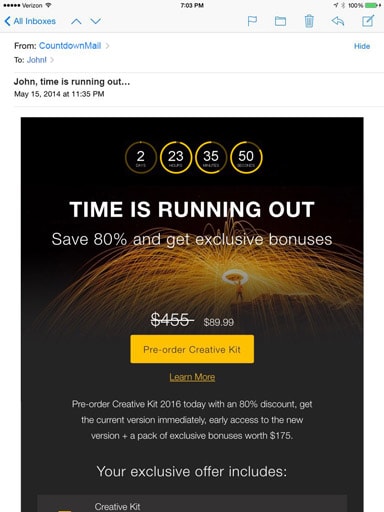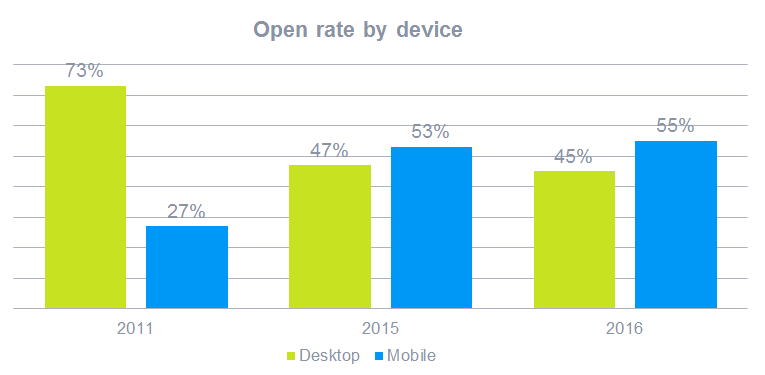App Annie, the mobile app data firm, has agreed to pay $10 million to settle SEC charges of securities fraud.
According to the SEC, App Annie and its co-founder and former CEO, Bertrand Schmitt, misled customers about how data was collected.
App Annie and Schmitt understood that companies would only share their confidential app performance data with App Annie if it promised not to disclose their data to third parties, and as a result App Annie and Schmitt assured companies that their data would be aggregated and anonymized before being used by a statistical model to generate estimates of app performance.
Unfortunately, that’s not what App Annie did. Instead, the company used non-anonymized data, in direct violation of its promises, even selling that data to trading firms — something it explicitly said it would not do.
Contrary to these representations, the order finds that from late 2014 through mid-2018, App Annie used non-aggregated and non-anonymized data to alter its model-generated estimates to make them more valuable to sell to trading firms.
“The federal securities laws prohibit deceptive conduct and material misrepresentations in connection with the purchase or sale of securities,” said Gurbir S. Grewal, Director of the SEC’s Enforcement Division. “Here, App Annie and Schmitt lied to companies about how their confidential data was being used and then not only sold the manipulated estimates to their trading firm customers, but also encouraged them to trade on those estimates—often touting how closely they correlated with the companies’ true performance and stock prices.”
“App Annie sought to distinguish itself in the alternative data space by providing securities market participants with valuable information in a new and innovative way,” said Erin E. Schneider, Director of the SEC’s San Francisco Regional Office. “It went to great lengths to assure its customers that the financial and app-related data it sold was the product of a sophisticated statistical model and that it had controls to ensure compliance with the federal securities laws. These representations were materially false and misleading.”
The settlement is significant, as it’s the first enforcement action against an “alternative data” provider. Alternative data does not have to be disclosed in a company’s financial results, or in traditional data sources.
App Annie issued a statement, neither confirming nor denying guilt, saying it had made changes to improve trust and transparency.
Without admitting or denying the findings in the SEC’s order, App Annie settled the matter and we are pleased it is now resolved. Over the past 3 years, we made a number of material changes to our operations and established a new level of trust and transparency.
While the company says the investigation does not pertain to its current customer relationships, it’s a safe bet its customers may not have such a rosy outlook.
























